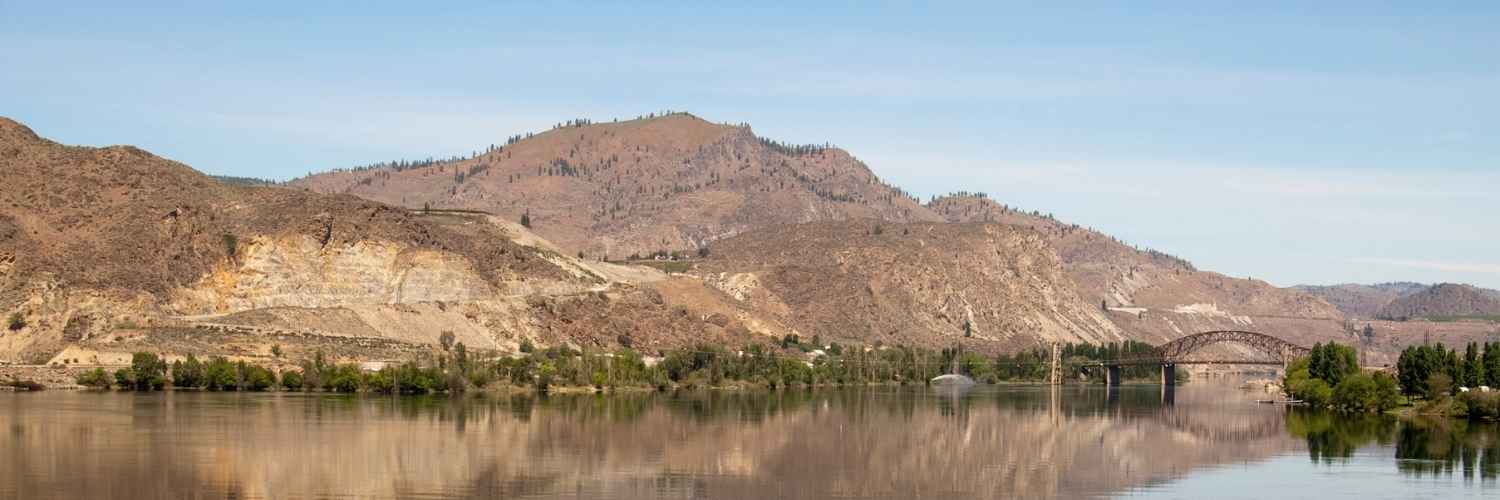Columbia River Basin

Indigenous Culture and Regional Ecology
Wildlife

Wildlife
By 2025, according to a 2021 Nez Perce study, 77% of Snake River Spring/Summer Chinook salmon will be effectively extinct, with little chance of recovery. So when NOAA Fisheries says that inaction will result in “catastrophic loss,” they mean all of it.
LSRD are Snake River salmon’s biggest hurdle–which means breaching is their best hope of renewal. Way back in 2002, the ACOE knew breaching had “the highest probability of success for salmon recovery.” The dams have destroyed spawning grounds, overheated the water, and decimated survival rates. Thankfully, salmon numbers can dramatically rebound after breaching, as the Elwha River has recently shown.
Breached dams mean there will be 10 million fewer young salmon (smolt) deaths annually.
Southern Resident Killer Whales will go extinct soon unless they get more salmon. We are out of time. The population hovers at just 75 orcas, and they are starving. Over 80% of their diet is Chinook salmon; 50% comes from the Columbia Basin; 50% of that historically came from the Snake River basin. Today, about 1% of the historical number of salmon return to the Snake River watershed to spawn. Recovery has to start now, with the best known solution.
These orcas cannot survive without more salmon, fast. Sure, they face plenty of threats–hot water, toxicants, fast ships, loud seas–but they need basic nutrition to thrive and build the population. The SRKW are malnourished, which means few calves and high mortality. As expert Ken Balcomb bluntly explained to President Biden, these orcas are ”on their way out. They’re already going extinct.”
Breaching immediately is the only realistic hope against mutual extinction.
Climate

Hydropower’s Contributions to Environmental Collapse, Methane, and More
